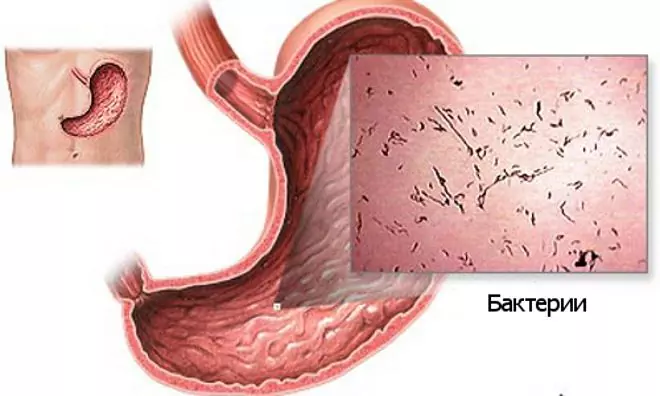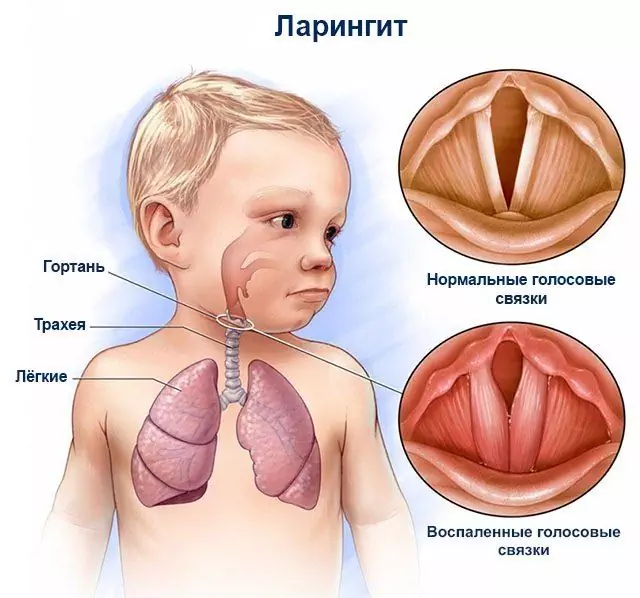- Author Rachel Wainwright [email protected].
- Public 2023-12-15 07:39.
- Last modified 2025-11-02 20:14.
Dramina
Dramina: instructions for use and reviews
- 1. Release form and composition
- 2. Pharmacological properties
- 3. Indications for use
- 4. Contraindications
- 5. Method of application and dosage
- 6. Side effects
- 7. Overdose
- 8. Special instructions
- 9. Application during pregnancy and lactation
- 10. Drug interactions
- 11. Analogs
- 12. Terms and conditions of storage
- 13. Terms of dispensing from pharmacies
- 14. Reviews
- 15. Price in pharmacies
Latin name: Dramina
ATX code: R06AX
Active ingredient: Dimenhydrinate (Dimenhydrinate)
Manufacturer: JSC "Jadran", Croatia
Description and photo update: 2019-12-08
Prices in pharmacies: from 143 rubles.
Buy

Dramina - a remedy used in kinetosis, eliminates dizziness, has antiemetic, sedative, anorexigenic, moderate antiallergic effect.
Release form and composition
Dosage form - tablets: round flat form, with a chamfer and dividing line on one side, white (5 or 10 pcs. In blisters, 1 blister in a cardboard box).
The active ingredient is dimensionhydrinate, in 1 tablet - 50 mg.
Auxiliary components: povidone, microcrystalline cellulose, lactose monohydrate, magnesium stearate, crospovidone.
Pharmacological properties
Pharmacodynamics
Dimenhydrinate - the active substance of Dramina - blocks H 1 -histamine receptors and M-cholinergic receptors of the central nervous system. The compound inhibits the synthesis of acetylcholine, decreasing its production at the level of presynaptic terminals and minimizing its release into the synaptic cleft. Also, dimensionhydrinate inhibits vestibular stimulation through the summation of M-anticholinergic and antihistamine effects.
When taken in high doses, Dramina affects the semicircular canals located in the middle ear region and are responsible for orientation in space and maintaining balance. The drug has a positive effect on the state of the vestibular apparatus, eliminating nausea, vomiting and dizziness, which accompany various vestibular disorders, for example, kinetosis. Dramina also has a slight local anesthetic effect.
Long-term therapy with dimensionhydrinate sometimes leads to the appearance of tolerance to it, which makes the sedative and antiemetic effects less pronounced while maintaining the antihistamine effect in full.
Pharmacokinetics
When taken orally, dimensionhydrinate is rapidly and almost completely absorbed from the gastrointestinal tract. The antiemetic effect is manifested within 15-30 minutes after administration and lasts on average 3-6 hours. The substance is well distributed in body tissues, slightly binding to plasma proteins. In high concentrations, dimensionhydrinate crosses the blood-brain and placental barriers. It is metabolized and excreted within 24 hours, a small part of the substance is excreted in breast milk.
Indications for use
- Kinetosis - sea and air sickness;
- Meniere's disease;
- Treatment and prevention of symptoms of labyrinth and vestibular disorders, such as nausea, dizziness, vomiting, with the exception of those caused by anticancer therapy.
Contraindications
- Acute forms of exudative and herpetic (vesicular) dermatoses;
- Epilepsy;
- The period of pregnancy and breastfeeding;
- Hypersensitivity to drug components.
Dramina is not prescribed for children under the age of 1 year.
The drug is used with caution: for angle-closure glaucoma, convulsive syndrome, bronchial asthma, benign prostatic hyperplasia, hyperthyroidism, diseases of the cardiovascular system, stenosing peptic ulcers, bladder neck obstruction, pyloroduodenal stenosis.
Instructions for the use of Dramina: method and dosage
Dramin tablets are taken orally before meals.
In order to prevent kinetosis, it is recommended to take 50-100 mg half an hour before the trip, the effect of the drug occurs 15-30 minutes after administration and lasts for 3-6 hours.
For therapeutic use, the frequency of administration can be 2-3 times a day, the recommended dose has age restrictions:
- Patients over 12 years old: 50-100 mg each, the maximum allowable daily dose is 350 mg;
- 7-12 years old: 25-50 mg each;
- Children from 1 to 6 years old: 12.5-25 mg.
Side effects
The use of Dramina can cause side effects:
- From the side of the cardiovascular system: tachycardia, decreased blood pressure;
- From the nervous system: general weakness, dizziness, drowsiness, headache, anxiety, fatigue, nervousness, insomnia, impaired concentration; rarely - violation of accommodation, weakening of color and night vision;
- From the respiratory system: thickening of bronchial secretions, dryness of the mucous membranes of the nose;
- From the digestive system: decreased appetite, dry mouth, nausea, vomiting;
- Allergic reactions: drug dermatitis, rash, bronchospasm, angioedema;
- Others: difficulty urinating, hemolytic anemia.
Overdose
In case of an overdose of Dramina, patients experience clouded consciousness, respiratory failure, increased dryness of the mucous membranes of the oral cavity and nasopharynx, convulsions, hallucinations.
When these threatening symptoms appear, gastric lavage is performed, saline laxatives are used and symptomatic therapy is prescribed.
special instructions
According to the instructions, it is recommended to prescribe Dramina with caution to patients associated with potentially dangerous types of work, the performance of which requires quick psychomotor reactions and increased attention, including with the management of vehicles and mechanisms.
Application during pregnancy and lactation
During pregnancy and lactation, Dramina tablets are prescribed with extreme caution and only in cases where the intended therapeutic effect for the mother is more significant than the potential risk of adverse reactions in the fetus or child.
Experimental studies have confirmed that dimensionhydrinate is capable of provoking the development of inguinal hernia and cardiovascular defects in the fetus.
Drug interactions
The drug increases the effect of tricyclic antidepressants, atropine, catecholamines, hypnotics and sedatives, barbiturates, neuroleptics, alcohol.
When combined with analgesics, bismuth preparations, scopolamine and psychotropic drugs, the risk of visual impairment increases.
Simultaneous administration with antibiotics such as neomycin, streptomycin, viomycin, kanamycin, amikacin is contraindicated, since Dramina can hide the symptoms of their ototoxic action and contribute to irreversible hearing impairment.
With simultaneous use, the drug weakens the properties of anticoagulants and glucocorticosteroids, reduces the depressive effect of acetylcholine on the heart muscle.
Analogs
Dramina's analogs are: Aviamarin, Ciel-Teva, Domperidone, Metoclopramide, Motilium, Cerucal.
Terms and conditions of storage
Store at temperatures up to 25 ° C. Keep out of the reach of children.
The shelf life is 5 years.
Terms of dispensing from pharmacies
Available without a prescription.
Reviews about Dramina
Numerous reviews about Dramina mainly confirm the high effectiveness of this drug. Some patients note that the drug takes effect within 30 minutes after taking it, as a result of which they feel overwhelming drowsiness. Other patients report that their condition is improving, but they do not have such adverse reactions. This is due to the individual characteristics of the central nervous system of each person.
The drug is also said to help young children cope better on long flights. This is very important if a child is constantly feeling worse while traveling. However, only a pediatrician should prescribe Dramina to children and select a treatment regimen.
Dramina price in pharmacies
On average, the price of Dramina in pharmacies is about 180 rubles. (per pack containing 10 tablets).
Dramina: prices in online pharmacies
|
Drug name Price Pharmacy |
|
Dramina 50 mg tablets 10 pcs. 143 r Buy |
|
Dramina tablets 50mg 10 pcs. RUB 185 Buy |

Anna Kozlova Medical journalist About the author
Education: Rostov State Medical University, specialty "General Medicine".
Information about the drug is generalized, provided for informational purposes only and does not replace the official instructions. Self-medication is hazardous to health!






